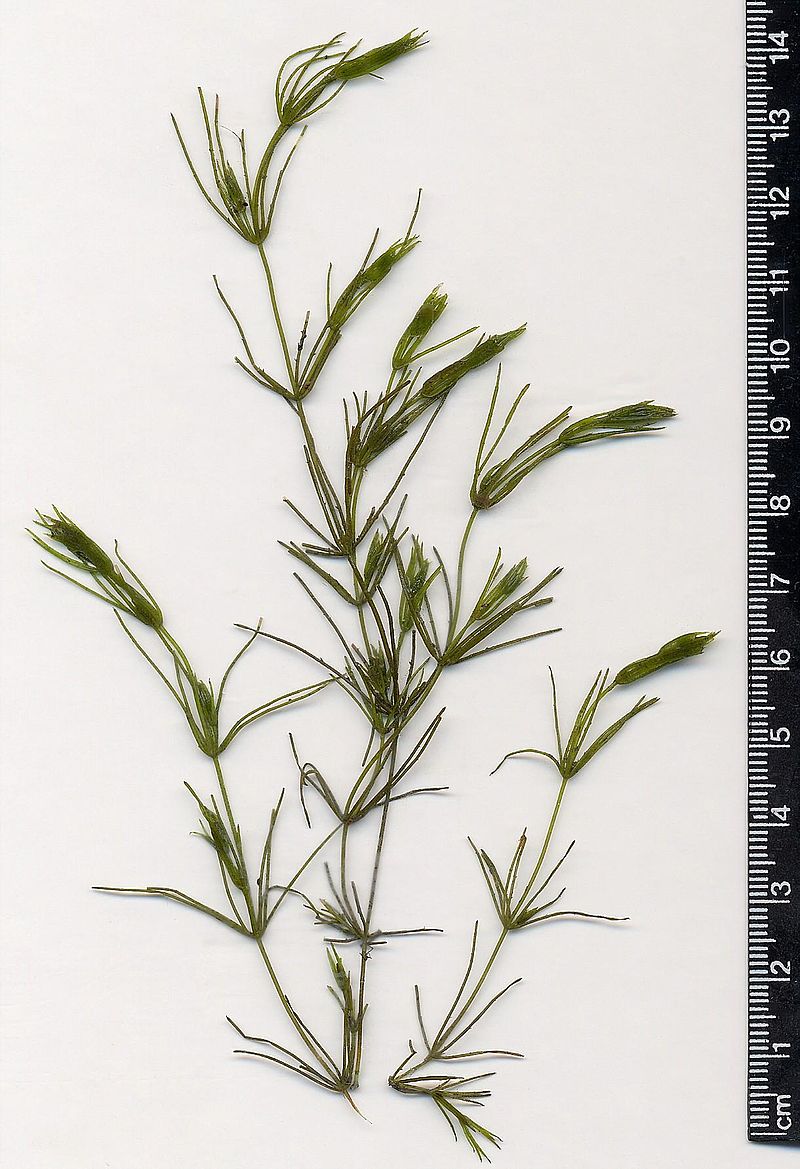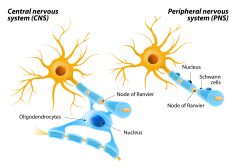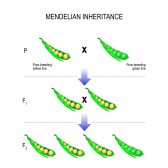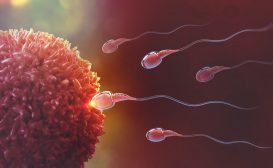Table of Contents
Charophyta is a taxonomic group (a phylum) comprised of green algae that live predominantly in freshwater habitats. Members of this phylum (called charophytes) used to be included in the phylum Chlorophyta (chlorophytes). Both charophytes and chlorophytes are greenish in colour, photosynthetic, and eukaryotic. These basic features are due to the chlorophyll (green pigments) that are abundant in their thylakoids. Similar to chlorophytes, the charophytes have chlorophyll a and chlorophyll b. Carotenoids are also present but they are relatively few. Both chlorophytes and charophytes store their carbohydrates as starch. One of the main differences between charophytes and chlorophytes is the use of a phragmoplast that serves as a scaffold for cell plate assembly and later on during the formation of a new cell wall during cell division. Charophytes also have enzymes (e.g. class I aldolase, Cu/Zn superoxide dismutase, glycolate oxidase, and flagellar peroxidase) not found in chlorophytes. Charophytes are postulated to be the early ancestors of embryophytes (land plants). Embryophytes are more closely related to the charophytes since their structures are more comparable than those of the chlorophytes.
Etymology
The term Charophyte came froms the Latin chara , meaning“an unknown type of root” and –phyta, meaning “plant”.
Classification
The charophytes are initially classified to division Chlorophyta according to Hoek, Mann and Jahns system.(1) Newer classifications of algae though separate the charophytes from the chlorophytes, such as that in Leliaert et al.(2) Accordingly, the charophytes, together with the embryophytes, belong to Streptophyta of Viridiplantae. The Viridiplantae is a clade of green plants and are characterized by having chlorophyll pigments a and b, the presence of cellulose in cell wall, lacking phycobilins, and the storing of starch within the plastids. It should be noted, however, that the taxonomic classification of organisms is bound to change as further studies of the species would lead to newer system of classification, such as that in The NCBI taxonomy database.(3)
General characteristics

The charophytes, together with the chlorophytes, make up the green algae. As part of this algal group, the charophytes are greenish in colour. This is due to the abundant chlorophyll (green pigment) inside their cell. Their cell wall is chiefly made up of cellulose. They store their food reserves as starch.
Sub-groups
The phylum Charophyta includes the following classes:
- Klebsormidiophyceae
- Phragmoplastophyta
- Charophyceae
- Coleochaetophyceae
- Mesotaeniaceae
- Zygnematophyceae
The Embryophyta is also included though cladistically.
Evolution and phylogeny
As shown in the cladogram (on the right), the charophytes could have come from the green algae. The green algae are presumed to have originated from the endosymbiosis between a eukaryote and a photosynthetic prokaryote. This postulate is referred to as the endosymbiotic theory. Accordingly, the prokaryote eventually became the plastid (particularly, chloroplast) inside the cell. This event might have led to the emergence of green algae. The evolutionary lineage of the green algae forked into charophytes and chlorophytes. The charophytes evolved and diverged into various groups and then gave rise to the embryophytes. Charophytes together with the embryophytes make up the clade, Streptophyta.
Biological importance
Green algae, including the charophytes, are important source of photosynthetic products (organic material). They serve as the producers in the ecosystem and therefore as food to many heterotrophs, especially in the aquatic habitats.
See also
References
- Hoek, C. van den, Mann, D.G. and Jahns, H.M. (1995). Algae An Introduction to Phycology. Cambridge: Cambridge University Press.
- Leliaert, F., Smith, D.R., Moreau, H., Herron, M.D., Verbruggen, H., Delwiche, C.F. & De Clerck, O. (2012). “Phylogeny and molecular evolution of the green algae” (PDF). Critical Reviews in Plant Sciences 31: 1–46.
- The NCBI taxonomy database. Retrieved from http://www.ncbi.nlm.nih.gov/taxonomy.
© Biology Online. Content provided and moderated by Biology Online Editors







